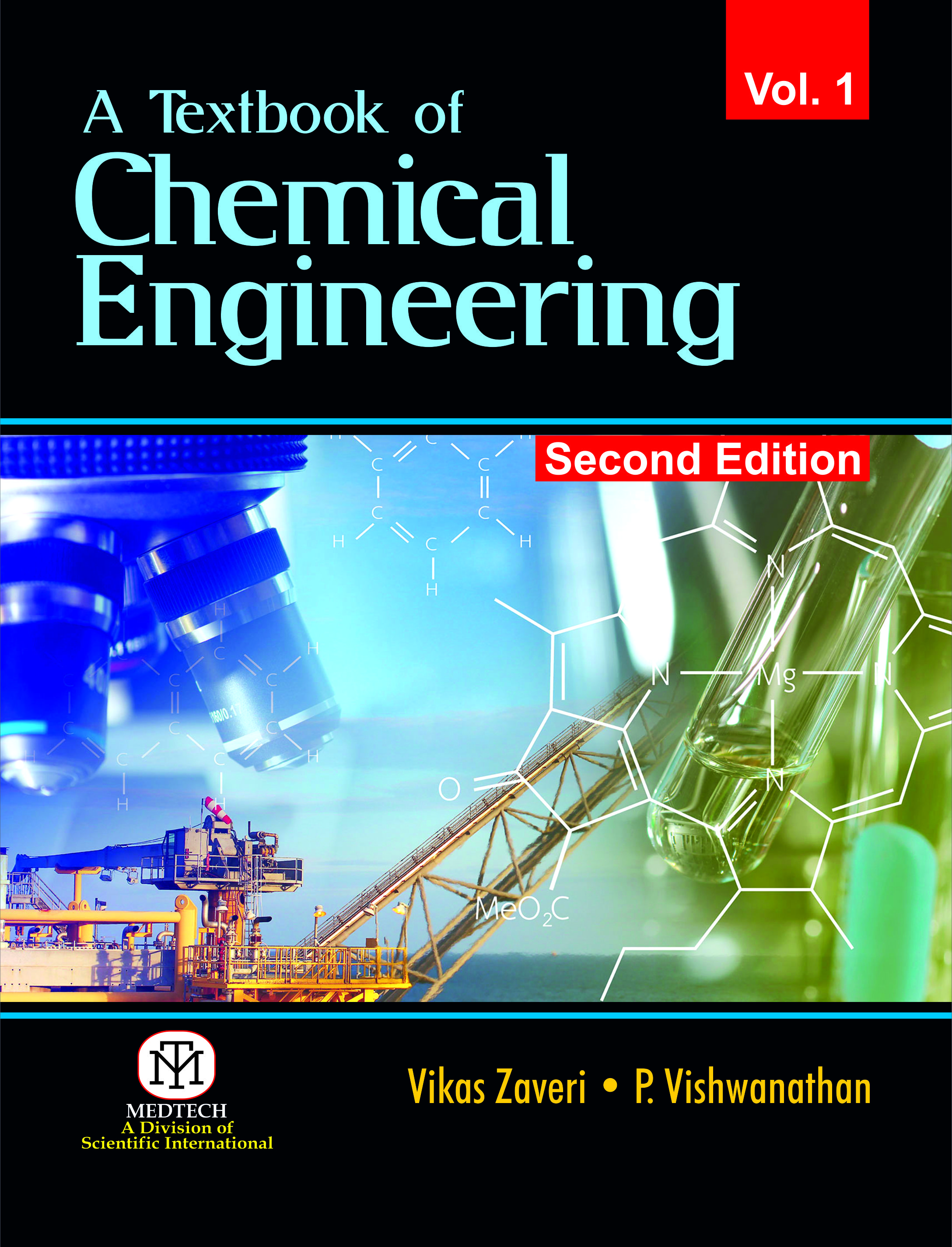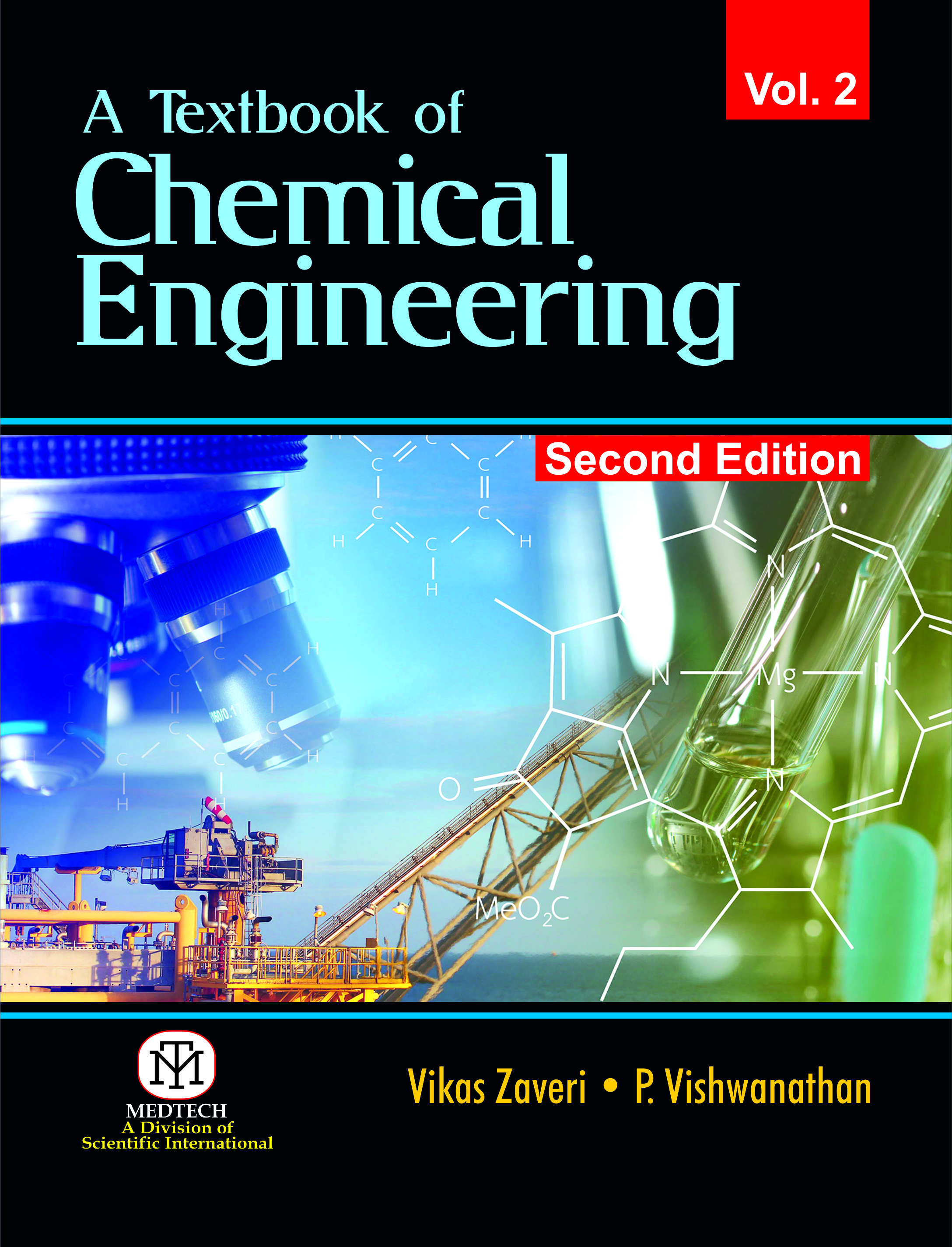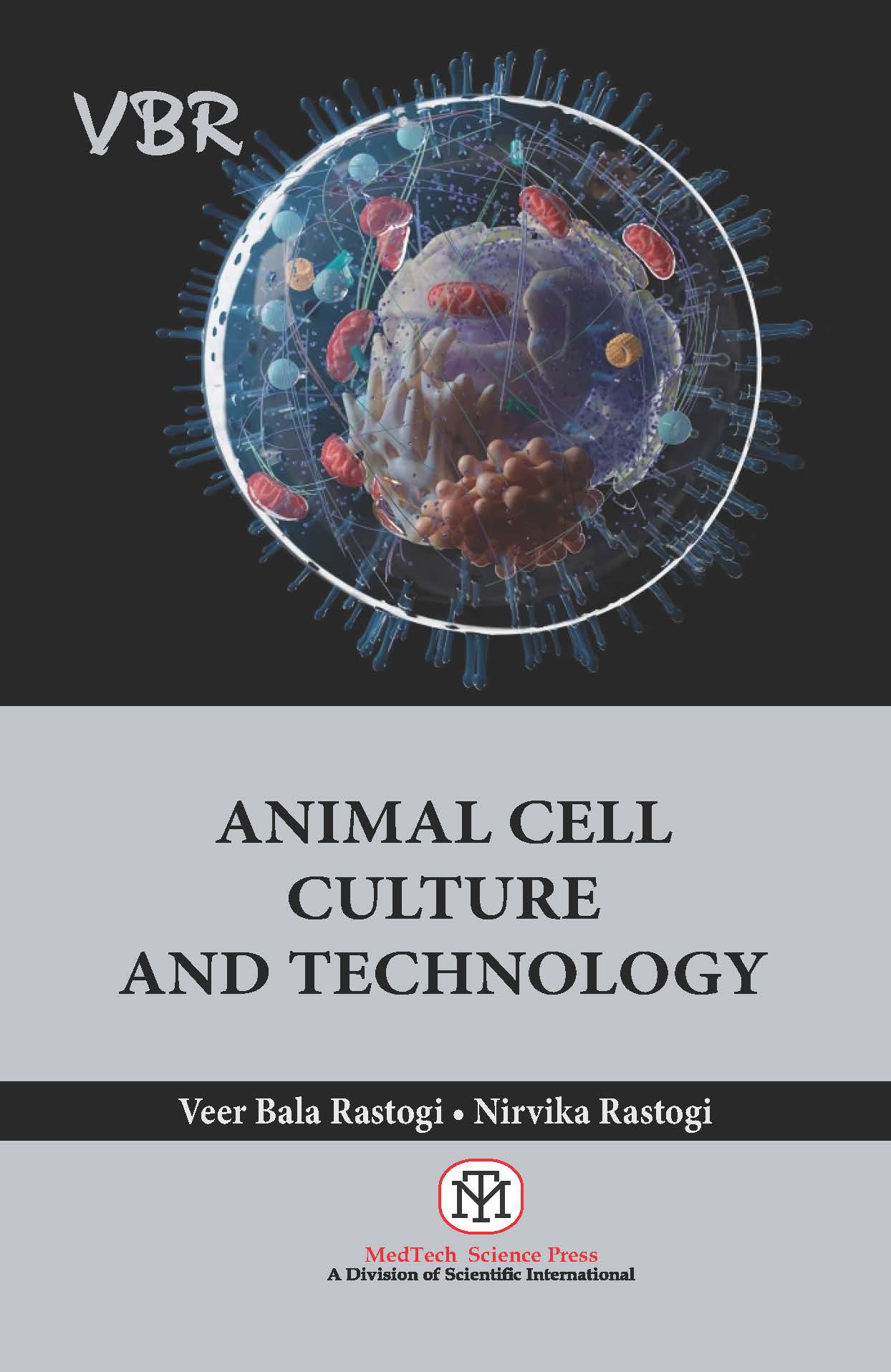MedTech is a rapidly growing academic Publish With Us with a wide range of academic disciplines. Scientific International publishes books under the imprint of MedTech.
Elements Of Insect Ecology (Pb)
Rs. 525
| Attribute | Details |
|---|---|
| ISBN | 9789386479112 |
| Author | Peterson |
| Subject | Life Science |
| Binding | Paperback |
| Total Pages | - |
| Copyright Year | 2022 |
Note : Price subject should be change on the website.
This is the first comprehensive treatment of insect ecology to be published in the country. It develops general ecological concepts in a logical order, carefully integrating them with details of insect ecology. From the study of trophic relationships (Part 1), the book moves to the study of populations (Part 2), co-existence and competition (Part 3), and finally communities and distributions (Part 4). The book emphasizes the importance of insects in communities and the part they can plan in resolving present problems with general concepts in ecology. Since insects are extremely important herbivores, the author has integrated plant and animal ecology as a necessary approach to under standing insects. This leads to chapters on subject matter not treated extensively in other textbooks. For example, the rapidly developing field of co-evolution of plants and herbivores is treated in Chapter 3. The expanding field of pollination ecology is covered in Chapter 20. Chapter 8, on strategies in reproduction, considers both plants and insects, and plant ecology appears predominantly in other chapters. The general theme of the book is evolutionary: the adaptive nature of individual and species attributes, and natural selection for these, form the basis of many chapters—Chapter 4, the co-evolution of prey and predator, Chapters 7 and 8 on the adaptive nature of changes in birth rates and associated characteristics, etc. The author develops concepts and then gives real life examples. This enables the reader to apply ideas to real situations—making the book more- meaningful to those unaccustomed to approaches in ecology. Much illustrative material, which is carefully integrated with the text and fully explained in captions, is provided. 199 figures include original drawings of insects and plants, graphs, maps, and diagrams. There are 40 tables which provide data of various sorts to amplify the text. Also, the reader is provided with many references that lead to a deeper understanding of subject matter. 1031 references cover both general and insect ecology literature. Brief Contents: P-I Trophic Relationships: Trophic Structure of Community • Coevolution of Plants and Herbivores • Coevolution of Prey and Predator • Predator and Prey Population Dynamics • Energy Flow. P-II Populations: Demography: Population Growth and Lifetables • Strategies in Reproduction • Population Dynamics • Ecological Genetics • Populations Under Insecticide Stress • Biological Control. P-III Coexistence and Competition: The Niche Concept and Division of Resources • Intraspecific and Interspecific Competition • Species Packing • Social Systems and Behavior. P-IV Communities and Distributions: Natural Communities and the Succession of Plants and Insects • Community Development, Structure, and Organization • Diversity and Stability • Pollination Ecology • Paleoecology and Biogeography.

 Continue With Google
Continue With Google
 Continue With Facebook
Continue With Facebook



